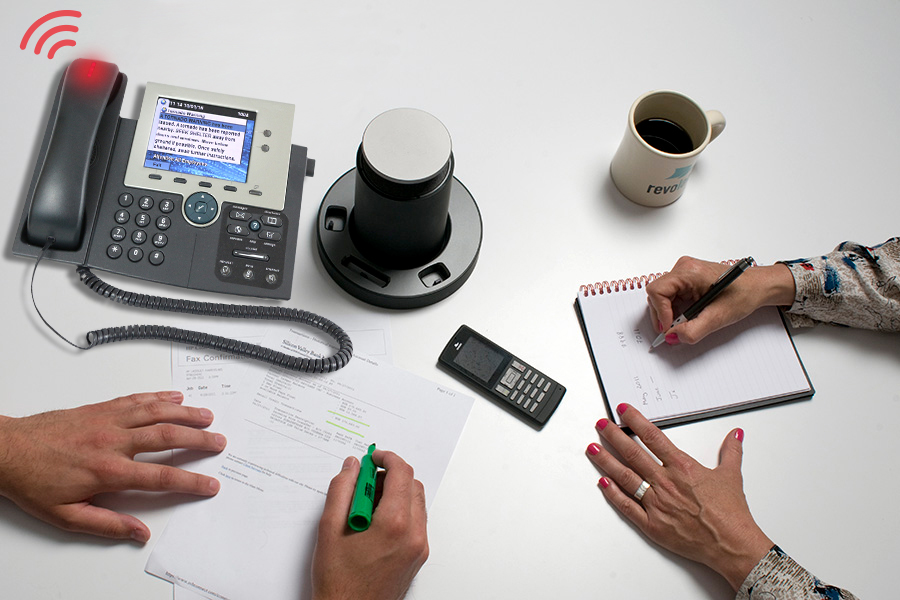Tips to Reduce your Emergency Response Times
By Rachel Choppin, Marketing Specialist at Alertus Technologies
Making sure that you reach everyone, everywhere with immediate and critical information is crucial to mitigating loss and confusion during an emergency event. A Mass Notification System (MSN) that is designed to alert your institution or enterprise by leveraging all existing available infrastructure and IT assets, is vital to reducing your emergency response times.
With Seconds To Respond, How do you Reduce Emergency Response Times?
One-Step Activation
Having multiple alerting modalities is the most effective way to ensure that you can reach everyone no matter where they are in your organization. However, having to separately deploy alerts on each modality can greatly increase the time it takes to send out your emergency alert. True, single-point activation is crucial to reducing your emergency response times. When seconds count, the less complex your EMNS activation is, the faster you can send out critical alerts.
Integrations
Integrating your EMNS with existing systems such as VoIP phones allows you to simultaneously activate audible and visual notifications on all or select VoIP phones while reducing both the steps and systems needed to activate an alert. You can also use your EMNS to integrate additional communication systems to form a single, comprehensive solution. This enables your EMNS to send cohesive, consistent notifications across all or selected alerting endpoints within seconds.
Customizable Preset Alerts
With the stress of an emergency event, the last thing you will want your dispatchers to do is to frantically write out an alert to send to your organization. Customizable preset notifications within your EMNS saves emergency personnel critical time when it comes to sending out emergency alerts. Preset alerts allow organizations to input emergency specific instructions beforehand to create clear and concise messaging for staff or visitors to follow in an emergency.
Learn more about the Alertus Mobile App
Event Monitoring
Feed integrations like ThreatWatcher (retrieves and processes alert data from multiple external sources including NOAA weather alerts, general CAP and EDXL-DE alerts) can automatically send out alerts without user intervention and can be customized for site-specific warnings. This saves emergency dispatchers valuable time as they won't have to constantly check for weather updates or other event monitoring.




